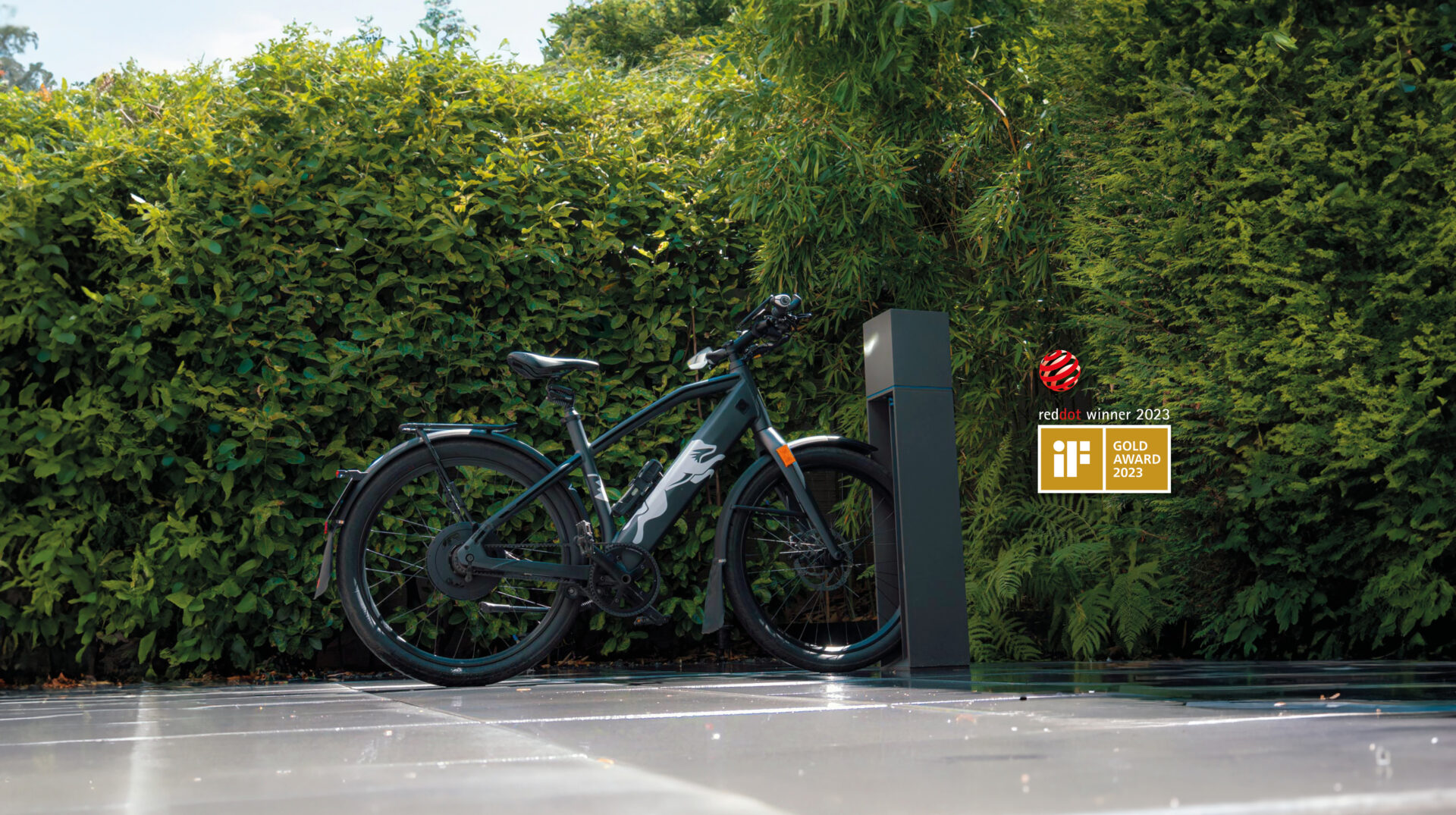Power supply units and charging technology to the highest standard
FRIWO stands for a pioneering spirit, innovative strength, German engineering prowess, quick decision-making, and an international network of expertise. With modern development centers, manufacturing facilities and sales locations in Europe, Asia and the US, FRIWO is present in all of the world’s key markets.












